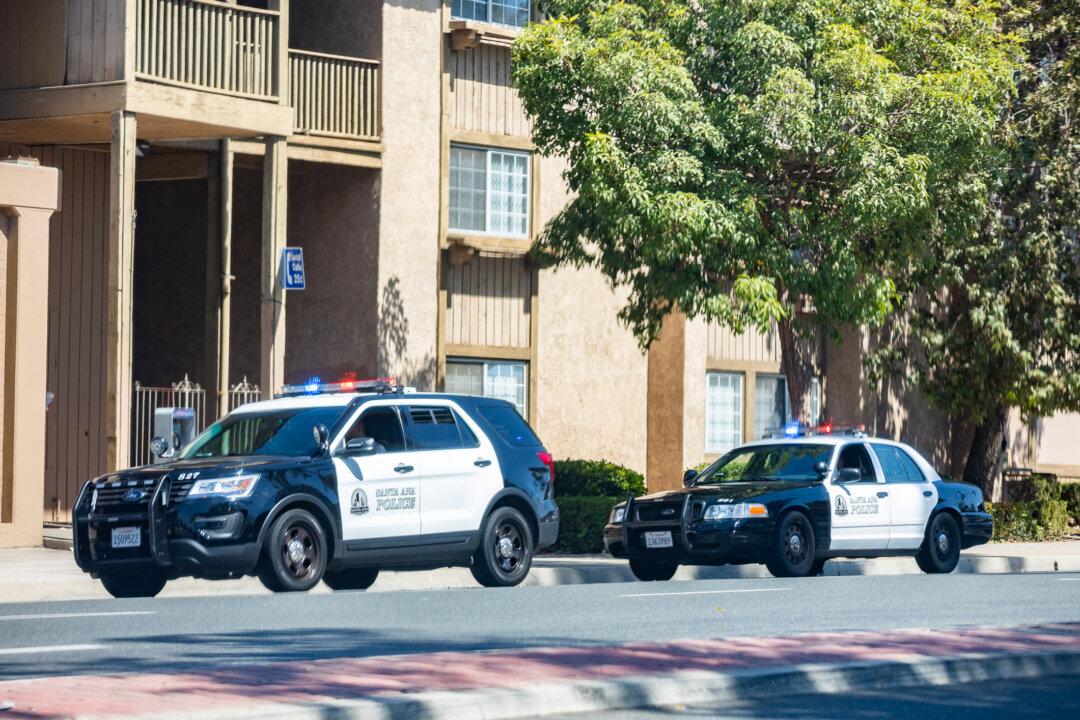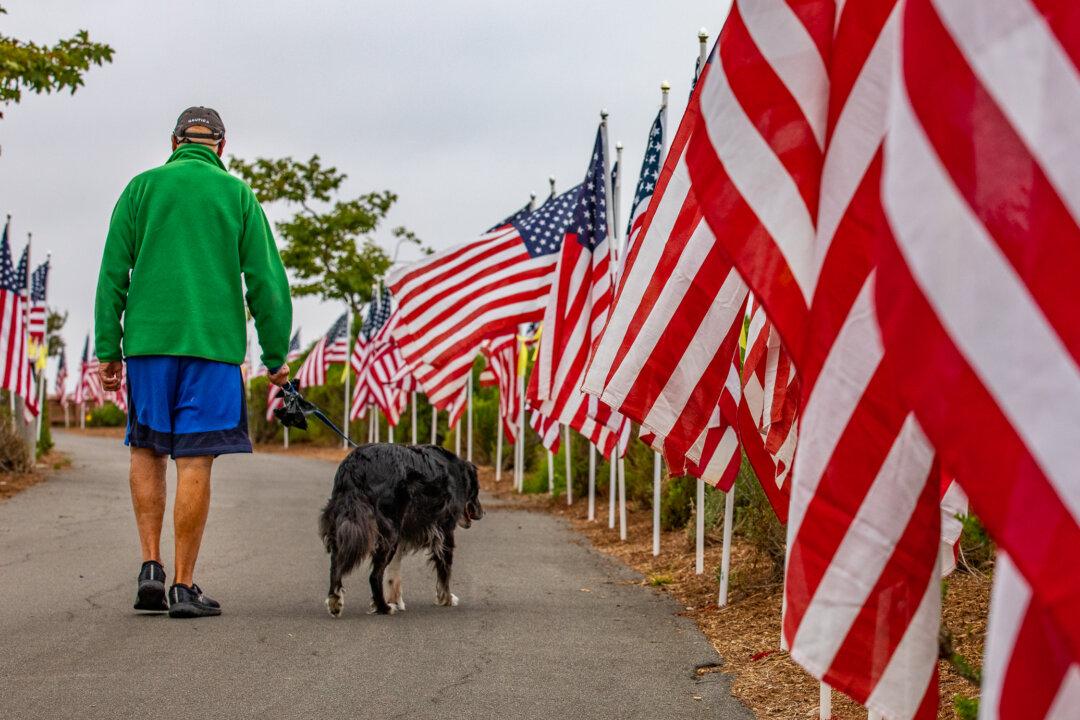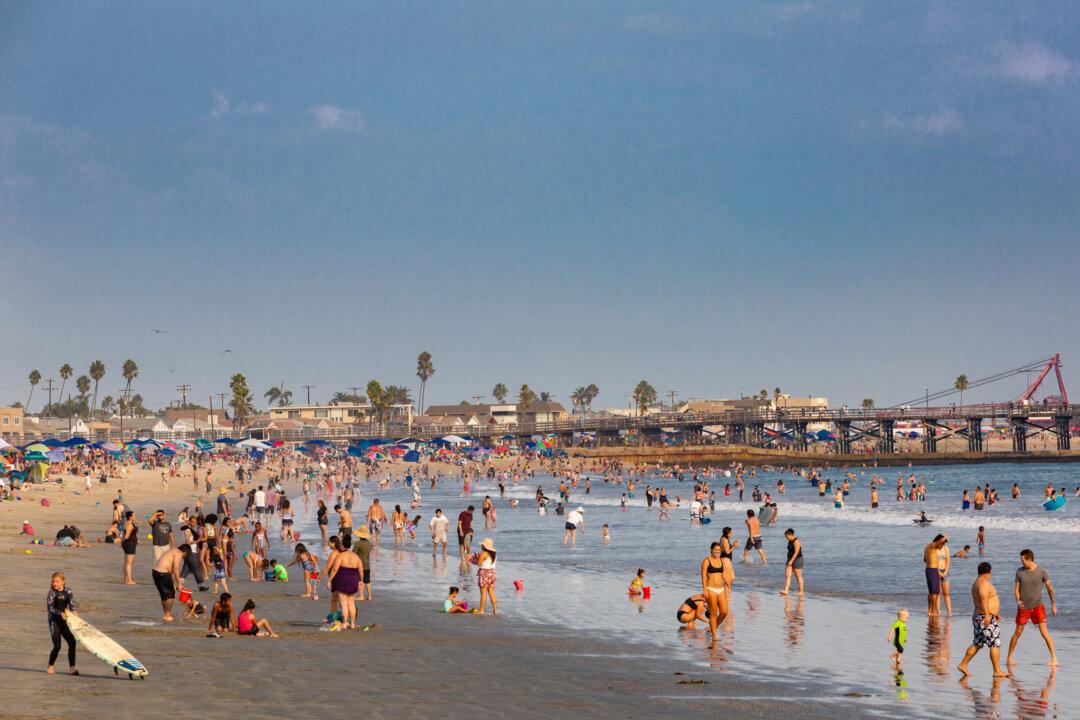The Orange County Fire Authority (OCFA) was presented with a $15 million check on Aug. 27 by California Sen. Dave Min to fund the second phase of ALERTWildfire, a wildfire prevention program.
ALERTWildfire is a system of currently 850 remote cameras that tilt, pan, and zoom, as well as other tools that provide firefighters with early confirmation on wildfires across the state.





